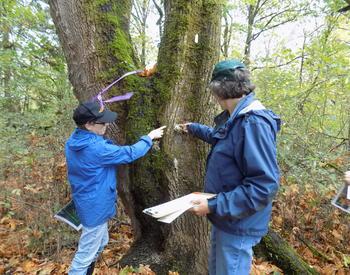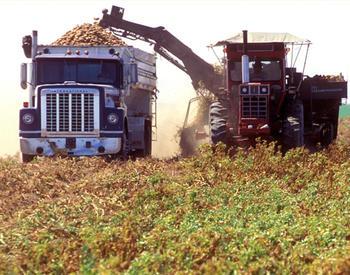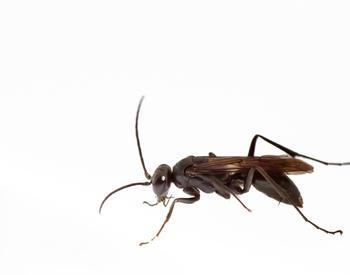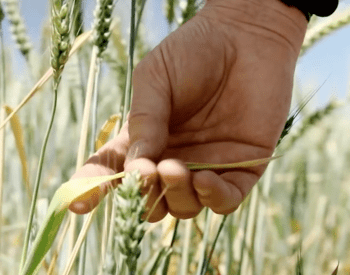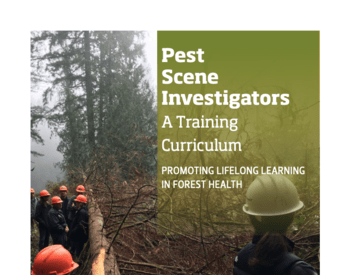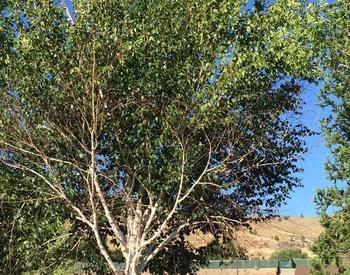Yellowjackets are a beneficial omnivorous wasp native to the Pacific Northwest and are often more active in the summer months when it is hotter and dryer. They can also become more aggressive and sting unprovoked in fall when temperatures start to decline and the colony adults begin to die off.
Yellowjackets can nest in the ground making them hard to see, so it is important to take extra precautions when working or playing in your woodland. Here are a few tips on how to avoid getting stung by these painful (but necessary) insects.
- Pay extra attention to where you are walking.
- Listen for buzzing and look for wasps flying in and around holes in the ground.
- Avoid loose-fitting clothes. If they get stuck, they will sting you repeatedly.
- If a wasp gets into a piece of clothing, remove it as quickly as possible.
- Run away if you disturb a nest.
- Cover your food when eating outside (especially sweets and meats).
Yellowjackets are often confused with bees because of their similar coloring and size. While yellowjackets can cause a painful sting, they are native to our region and beneficial to our ecosystems (read more about yellowjackets and paper wasps). If you are unsure if you have yellowjacket wasps or friendly bees in your forest, visit the Oregon Bee Project (including the Oregon Bee Atlas) online for resources. For other resources on forest pollinators (including how to protect honey bees from yellowjackets) follow these links:
